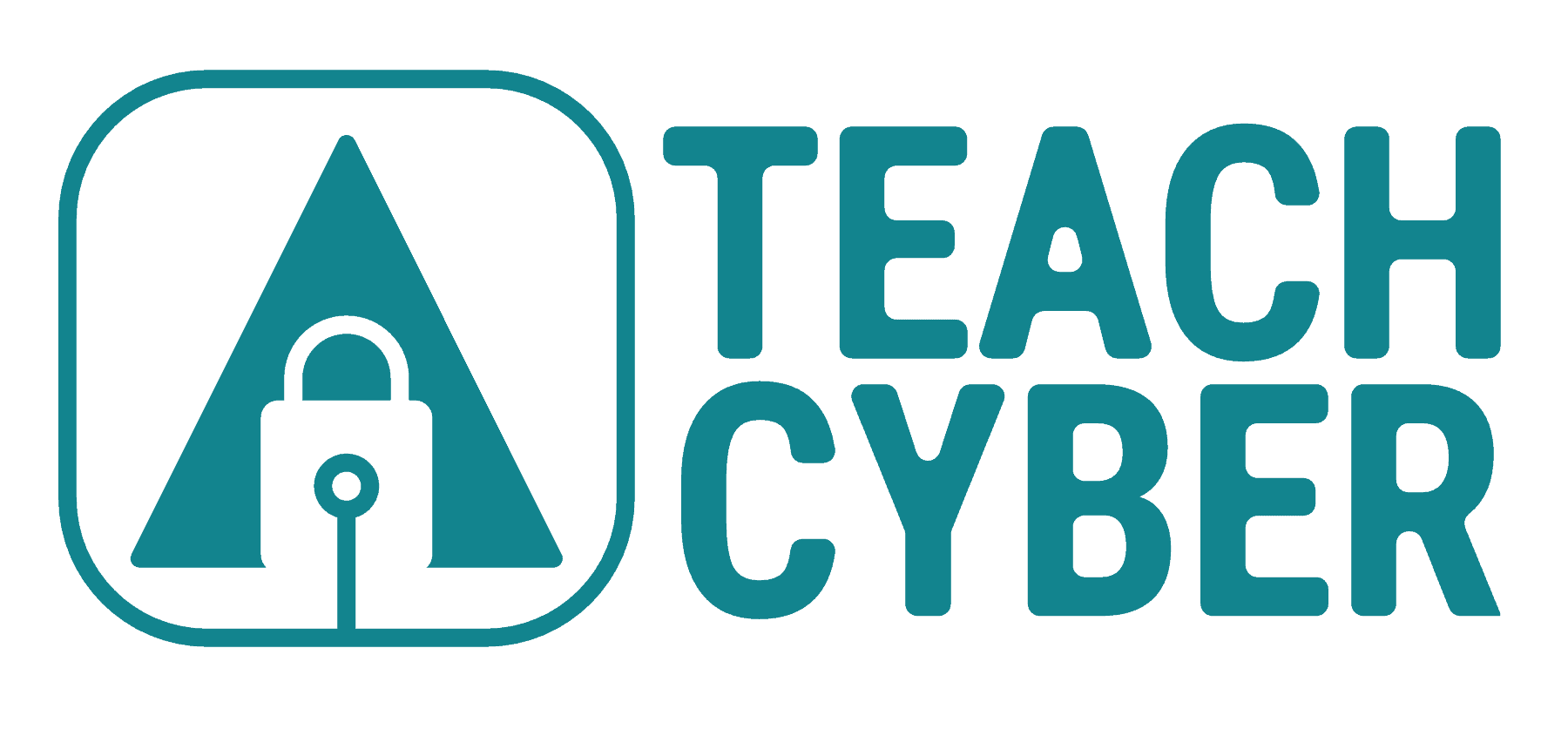Unit 5 – Lesson 5 – “Physical Controls”
2 Days
This lesson focuses on physical controls as the first layer of a defense-in-depth strategy for data protection in cyberspace. Students will have the opportunity to review and examine physical access control policy and identify the common physical controls used for policy implementation and enforcement.
